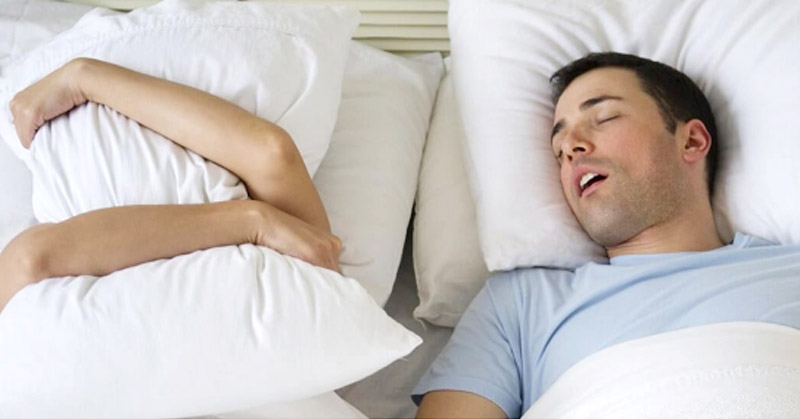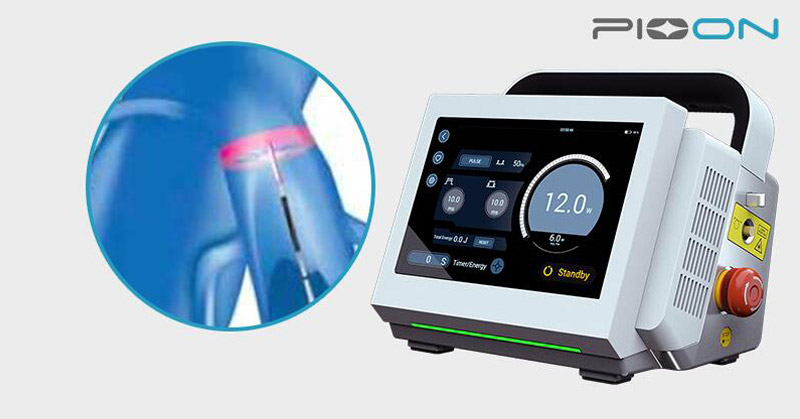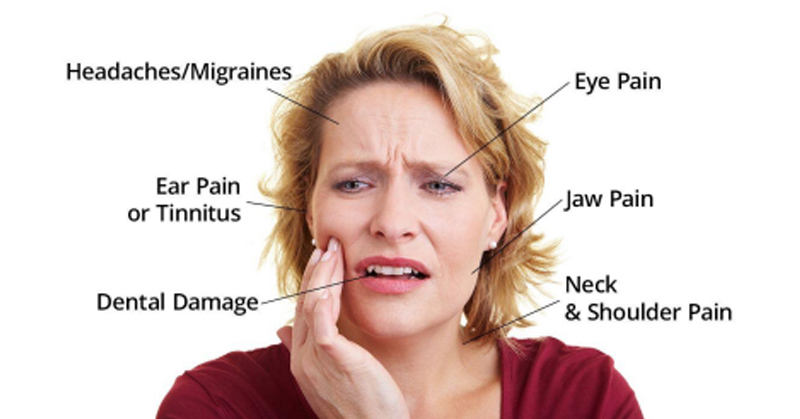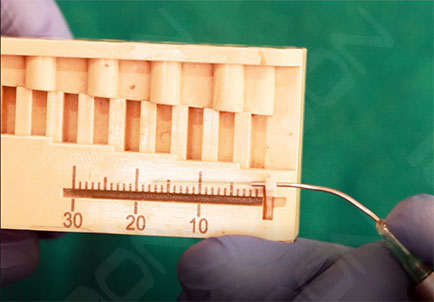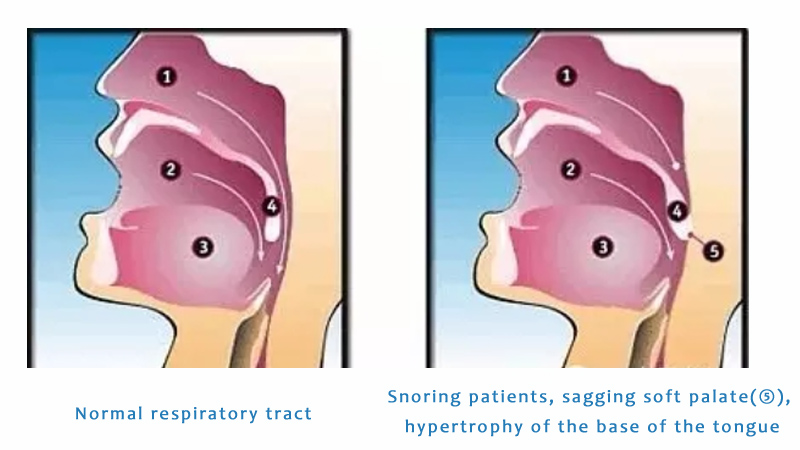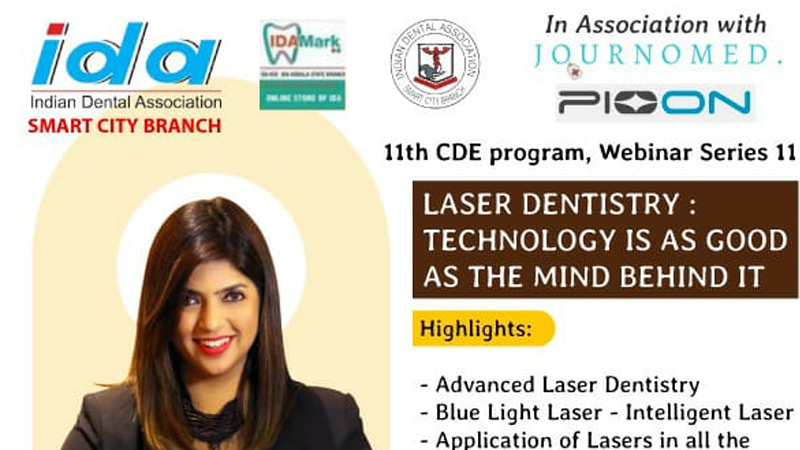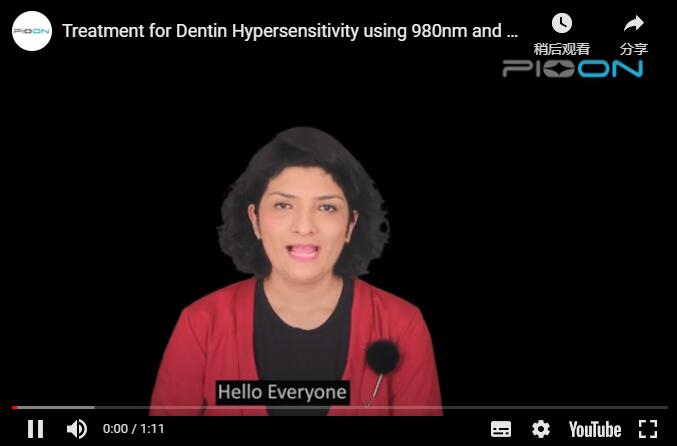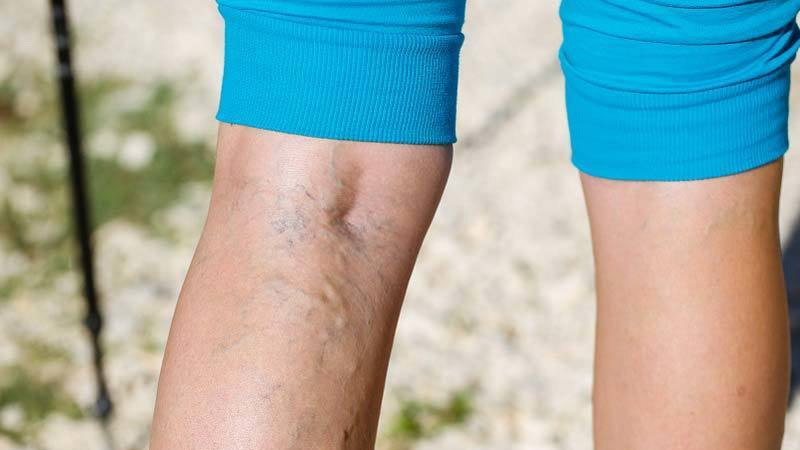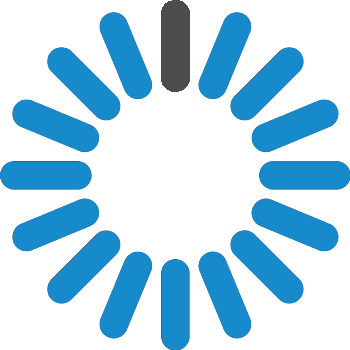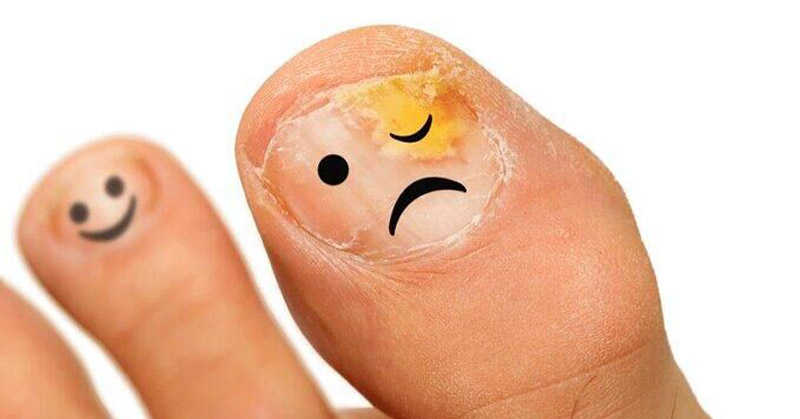
LASER THERAPY FOR FUNGAL TOENAILS
First, briefly introduce the principle of laser treatment of nail fungal toenails. Laser devices emit pulses of energy that produce heat. When used to treat onychomycosis, the laser is directed so the heat will penetrate through the toenail to the nail bed where the fungus is present.
